Pricing is the number one factor that AFFECTS your sales. A common issue for many entrepreneurs is THAT they don’t know how to price a product on Shopify.
Pricing is not just about setting a price that you think is fair. It is an art form that takes a lot of trial and error to master. We’re going to tell you how to get started.
Without research, it can be difficult to get an accurate idea of how much your product should cost. But there’s an easy way to estimate the cost of your products with minimal effort. READ ON TO KNOW….
What is product pricing, and why is it important for your business?
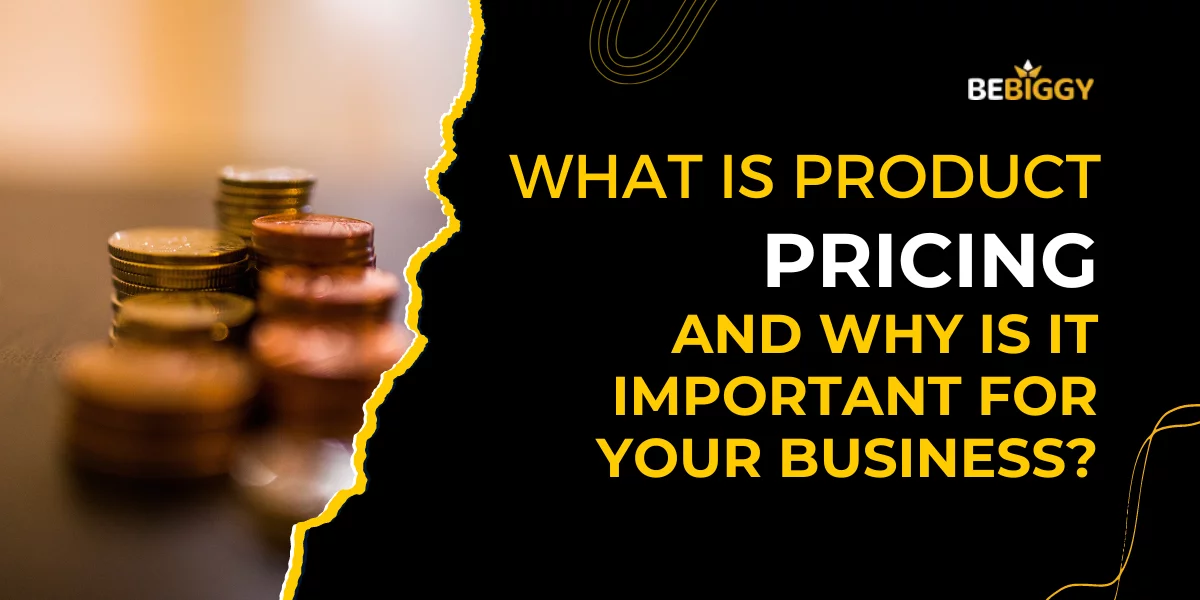
Pricing is the process of determining the selling price of a product. It is one of the biggest reasons consumers choose certain products over others. Price is also often used to describe the amount consumers are willing to pay for goods.
It is one of the most controversial questions in marketing. And for a good reason, because it’s something every entrepreneur wants to do well, but no one knows how.
You have to know your market. And understand your market. If you don’t, you may sell to the WRONG people at the WRONG price.
Why proper product pricing is important for business
- Proper pricing is a fundamental component of any business.
- To remain competitive in today’s global economy. Markets with rising volume and price pressure demand the right Pricing.
- Fair prices show you and your customers how much your products are worth.
- It’s a critical part of how businesses acquire new customers and retain existing ones.
- To establish a value proposition for customers. A value proposition is a way that your product differentiates itself in the minds of your potential customers.
- Your price point establishes why your product is more valuable than the competitors.
- It is important for price psychology. In other words, the price has a significant impact on purchasing decisions.
Determine 5 Costs Before you start Pricing
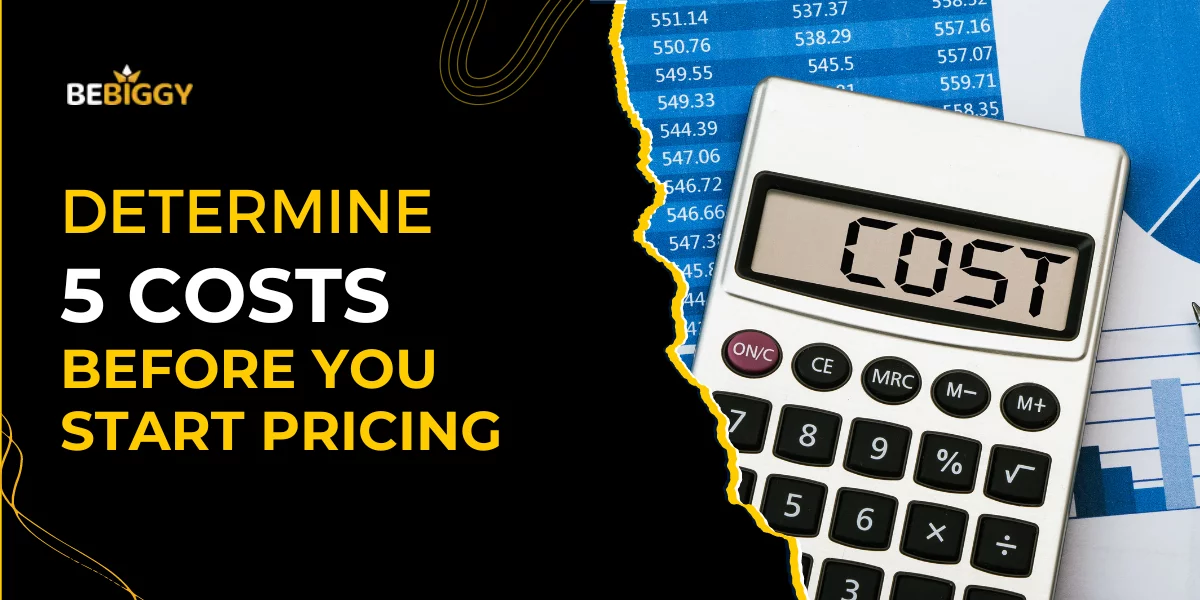
Production costs
The term “production costs” describes the monetary expense incurred by a company to manufacture a product. It can be fixed costs and variable costs.
It includes-
- Labor cost,
- Raw materials cost,
- Consumable manufacturing supplies,
- General overhead
- All other expenses incurred during production.
Shopify Monthly costs
The amount you pay monthly to utilize Shopify is known as the “shopify monthly cost.” Your product pricing should include this. Consider the cost of any additional business apps you use.
Fulfillment costs
The total amount spent on product handling from receipt to delivery is known as “fulfilment costs.” It includes-
- Receiving and storing the product
- Picking, packing, and shipping.
Your Desired Profit Margin
You’re done with all the cost calculations. Now it’s time to calculate your profit margin. The ideal net profit margin will vary widely from business to industry. A basic rule of thumb is that a margin of 10% is about average, 20% is about high, and 5% is about low.
How to price your product on Shopify

You need to price your products properly. Otherwise, you’ll not be going to make money. Here are some steps that you can use to price your products properly.
Calculate all of the costs per product
You already know the costs incurred in your production process. Just add all of them to calculate your production cost. For example-
- Labor cost- $100
- Raw materials cost- $500
- Consumable manufacturing supplies- $200
- General overhead- $100
- All other expenses incurred during production- $100
So the total production cost is- $1000. If you produce 50 units, then the production cost per unit will be [$1000/50= $20]
If you’re buying in bulk from a wholesaler, be sure to calculate both the wholesale Pricing and the cost of delivery. Buying from a wholesaler can reduce your product costs.
Consider your desired profit margin
Figured out what your desired profit margin is. Now You’ll get an idea about the minimum price you can sell something for without losing money on it.
Let’s say your desired profit margin is 20%. The price will be- [$20 x 1.20 = $24]
Include all other fixed costs associated with your store
Fixed costs vary from business to business. Here are a few examples for Shopify business:
- Price of your Shopify monthly plan
- Your inventory management cost
- Marketing costs
Let’s say your Shopify monthly plan costs $49 per month. Marketing costs vary depending on what you are promoting. For example, if you promote a product online, you may need to pay for Google Adwords or Facebook ads. In addition, if you are selling in brick-and-mortar stores, you may have to pay rent, utilities, or employees.
Determine the final price using a pricing model
Now that you’ve all the puzzle cost pieces, it’s time to start pricing your product.
Do market research and find out common pricing models in your industry. There are several pricing strategies.
You can use the cost-plus pricing strategy. One advantage of cost-plus Pricing is its simplicity. You probably already know the money spent on materials and labor. You can easily determine the asking price by adding a profit margin.
To know more about pricing strategies, keep reading.
A/B Testing different product pricing strategies
It’s pretty difficult to accurately gauge your product’s true value until you’ve done a bit of A/B testing. A/B testing is a process that involves implementing two different strategies for your product and seeing which version is more successful.
It’s used to measure changes in conversion rates or overall click-throughs. You can also determine which product pricing strategy is worth it.
This test lets you see if one pricing strategy is more appealing to your customers than the other. So test and adjust your pricing accordingly. You may lower prices or higher prices as per your Requirements.
Popular product pricing strategies on Shopify
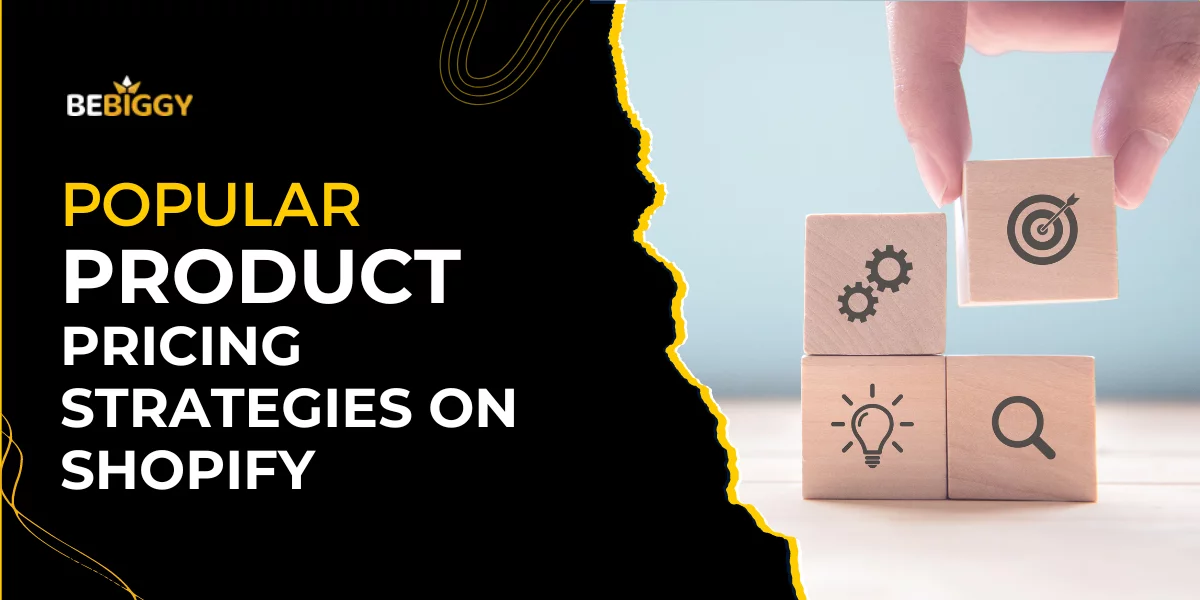
Simple Cost-plus markup pricing
This cost-based pricing method adds a fixed profit margin percentage to the product’s per-unit manufacturing expenses.
For example- The manufacturing cost of a product is $30. Your profit margin is 25%. So the selling price will be [$30 x 1.25= $37.5]
Customers’ perceived product value-based pricing
Value pricing is the practice of setting the price of a product or service based on its market value. The value pricing strategy is most effective for rare and expensive items.
For example- You may choose from two different mobile devices. The two items are identical in price. However, the first is an iPhone, while the other is not. Apple’s iPhone is so well-known that consumers would pay a premium for the name.
Short-term earnings through price-skimming
The term “price skimming” refers to a pricing strategy in which a company charges the maximum possible price for a product. Then gradually lower the price. The goal is to maximize profits during periods of strong market demand and low levels of competition.
Electronic products use this price strategy to recoup the money spent on research and development for new products.
Competitive Pricing to get a competitive advantage
Competitive Pricing involves proactively choosing price points for your products in the context of competitors’ pricing strategies in your industry. With this technique, the retail price of the items doesn’t influence the business’s manufacturing cost or profit margin.
It refers to actively pricing your goods at a lower rate than the competition. A competitive price structure can be advantageous if you lower manufacturing costs and market your unique selling point.
Discount and penetration pricing
Businesses use “penetrating pricing” to introduce new items to customers by lowering prices at launch. A new product or service might enter the market and win clients away from the competition with cheaper Pricing. As a primary pricing strategy, discounts are widely used by stores of all types.
Above-market prices premium pricing
Premium pricing is intentionally BOOSTING the price of an item to achieve good customer sentiment. If you can charge a premium price for your goods, you’ll see a rise in your profit margins.
It’s simple logic that a higher selling price means more money in your pocket. But you’ll need a distinctive brand name and solid marketing to succeed.
Rolex, Chanel, Gucci, and Apple are just a few examples of well-known brands that use high prices to signal that their products are high-end.
Customers would gladly pay a higher price if you can convince them that your product is worth it because of the value it adds to their lives.
Simple Markup Keystone pricing
Keystone pricing is a retail industry standard for setting prices as a general guideline. Simply said, this is when a store doubles the wholesale price it paid to establish its retail price, ensuring a substantial profit margin.
For example- Having a markup of 50% indicates that the price you are asking is 1.5 times the cost of production.
Economical Pricing for low costs and big-volume sales
You have adopted an economy pricing approach by setting prices low and CAPITALIZING on increased sales volume. In cases when a business does not have a well-known brand to promote its product, such as with groceries or pharmaceuticals, this method is utilized.
How to choose the right pricing strategy for Shopify
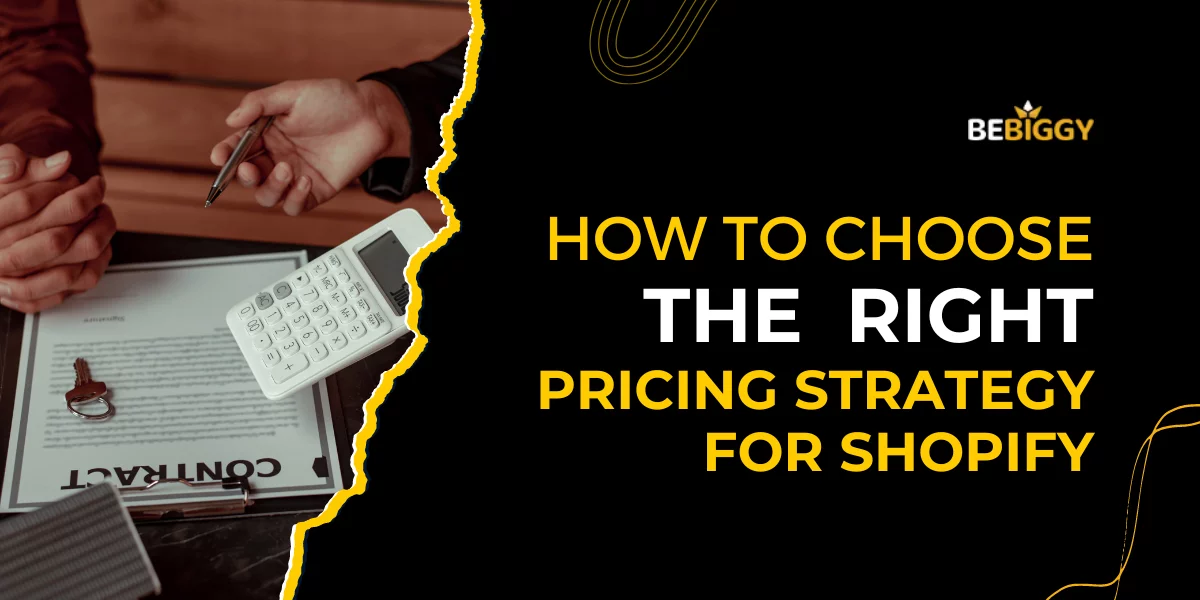
Understand all costs associated with your business
Don’t set your Pricing ONLY based on what you think someone else will pay. Pricing should be based on the actual costs involved in producing your product or providing your service.
So what costs does it take to make the product you sell? Are there hidden costs you’re not accounting for, such as the cost of ingredients or transportation?
SO, WHAT to DO?
Determine how much it costs to make one unit of your product before you can set a price for it. Knowing both your cost and your profit margins is essential when setting prices.
Clearly Define your business goal
To establish fair product pricing, you must first define your business’s goal. This will help you set a price range that is both profitable and sustainable. You must choose if you want to sell to the mass or simply to the most premium customers.
Research your competitor’s Pricing
Pricing is a complex subject. You need to consider two different things when pricing your product:
1) Price relative to competitors and
2) Price relative to value.
The second point is easier to understand. When you’re asking yourself:
“What is the value I’m providing?”
Think of the answer as being based on how much your customers value what you do and how much your customers are willing to pay for it. Your pricing strategy should take both of these into account.
A price that makes customers feel they’re getting their money’s worth. If a customer feels that the price is justified and the product is worth it, they’ll likely buy from you.
Identify your targeted customer’s disposable income
An interesting aspect of eCommerce is that most consumers shop online using credit cards. While it may seem obvious that businesses need cheap costs to attract customers, the fact is that the typical online shopper isn’t looking for bargains. They’re looking for the best value, and the best value is determined by a customer’s ability to spend.
As a result, the typical online shopper tends to have a higher income than the typical brick-and-mortar shopper.
People don’t buy things because they’re the cheapest or most expensive thing out there.
They buy things because they fit into their budget, and the product’s price reflects the cost of what they want.
So how do you figure out the cost?
This is the question you need to answer before pricing your product. The key to this is to figure out the income of the person who is going to be purchasing your product.
Figure out how much money you can expect to make from each customer on average. It is known as the average customer’s lifetime value-based pricing strategy.
Determine your unique selling point
Once you’ve determined your audience and how you plan to reach them, it’s time to determine your unique selling point (USP). This is the defining factor that distinguishes you from the competition.
A key ingredient to the success of any business is its ability to figure out what sets it apart from the rest of the crowd.
If you don’t understand your company’s unique selling point well, it’s difficult to know how to price your product.
So, let’s figure out what makes your product special. Start by determining what your product’s key value proposition is. Next, find a way to package and communicate that value proposition to prospective customers.
FAQs About How to Price a Product
How to price a product on Shopify?
- Calculate all of the costs per product.
- Consider your desired profit margin.
- Include all other fixed costs associated with your store.
- Determine the price using a pricing strategy.
- A/B Testing different product pricing strategies.
- Test and adjust your pricing accordingly.
What is the easiest way to price a product?
Markup pricing, often known as cost-plus Pricing, is the most straightforward method of establishing a product’s selling price. It’s a pricing strategy in which a constant percentage is applied to the per-unit production costs of a good. For example- Your product’s production cost is $50, and your desired markup is 20%. So your product pricing will be $50 x 1.20 = $60.
Note- Production Cost= Material costs + Labor costs + Shipping costs + Marketing costs + overhead costs.
What are the 5 steps for determining the price?
The 5 steps for determining product price are-
- Step1: Production costs Analysis
- Step2: Shopify Monthly costs
- Step3: Fulfillment Costs Analysis
- Step4: Other business costs Analysis
- Step5: Your Desired Profit Margin
What are the 8 common pricing strategies?
- Simple Cost-plus markup pricing
- Customers’ perceived product value-based pricing
- Short-term earnings through price-skimming
- Competitive Pricing to get a competitive advantage
- Discount and penetration pricing
- Above-market premium pricing
- Simple Markup Keystone pricing
- Economical Pricing for low manufacturing costs and big-volume sales
What’s Next
Want to ensure that you get the highest conversion rate possible?
You must be aware of how to price a product to capture your target market’s attention. You’ve all the strategies now.
Choose the best pricing strategy for your Shopify store. Just make sure you are confident about your pricing strategy and that you are consistent in your Pricing.
This will help you maintain your brand identity and avoid PRICE WARS.

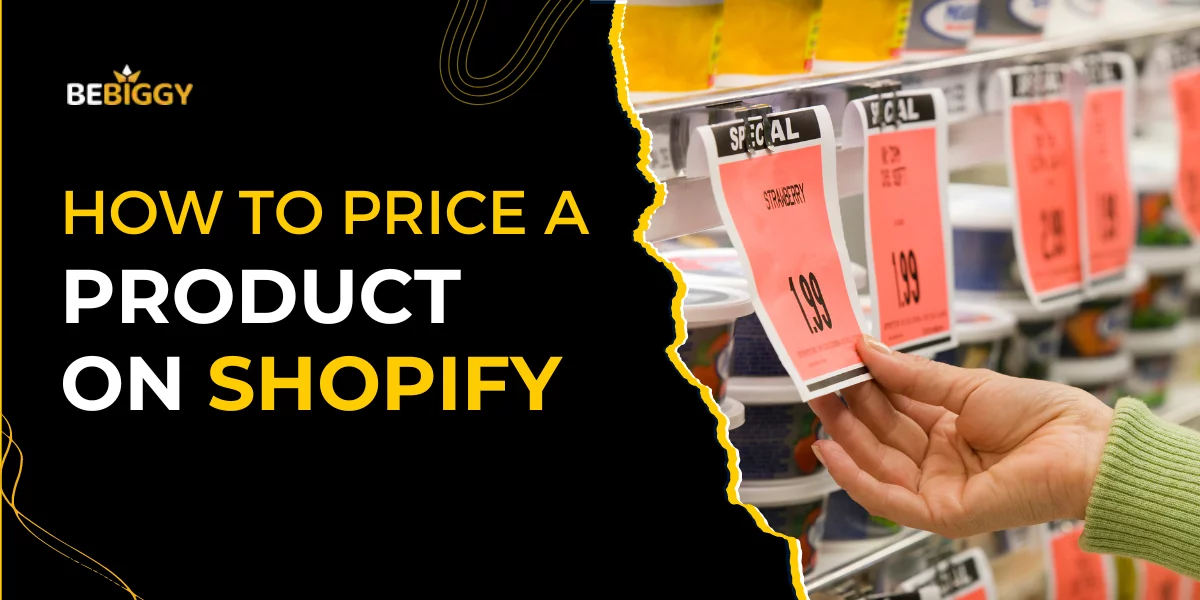



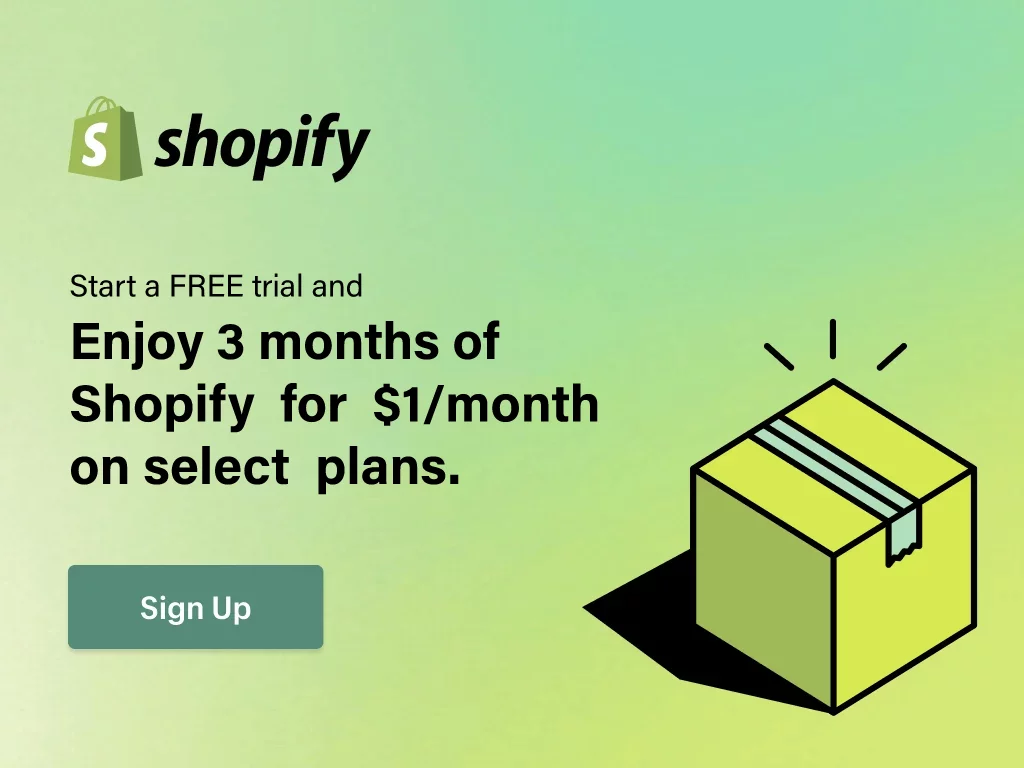







 HOW TO EARN MONEY FROM HOME: DROPSHIPPING
HOW TO EARN MONEY FROM HOME: DROPSHIPPING  How To Dropship-Here’s How To Start A Dropshipping Business
How To Dropship-Here’s How To Start A Dropshipping Business 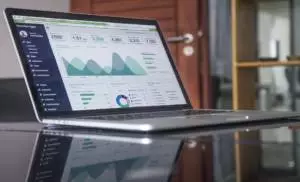 All About Affiliate Websites For Sale
All About Affiliate Websites For Sale  Should I Buy My Domain Through Shopify?
Should I Buy My Domain Through Shopify?